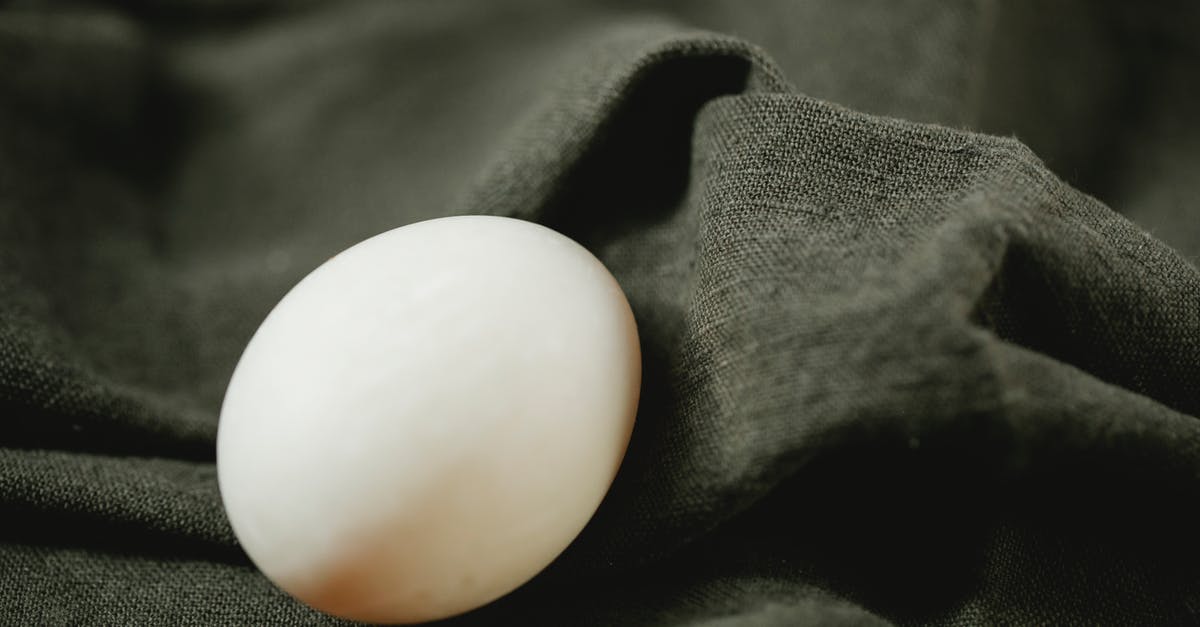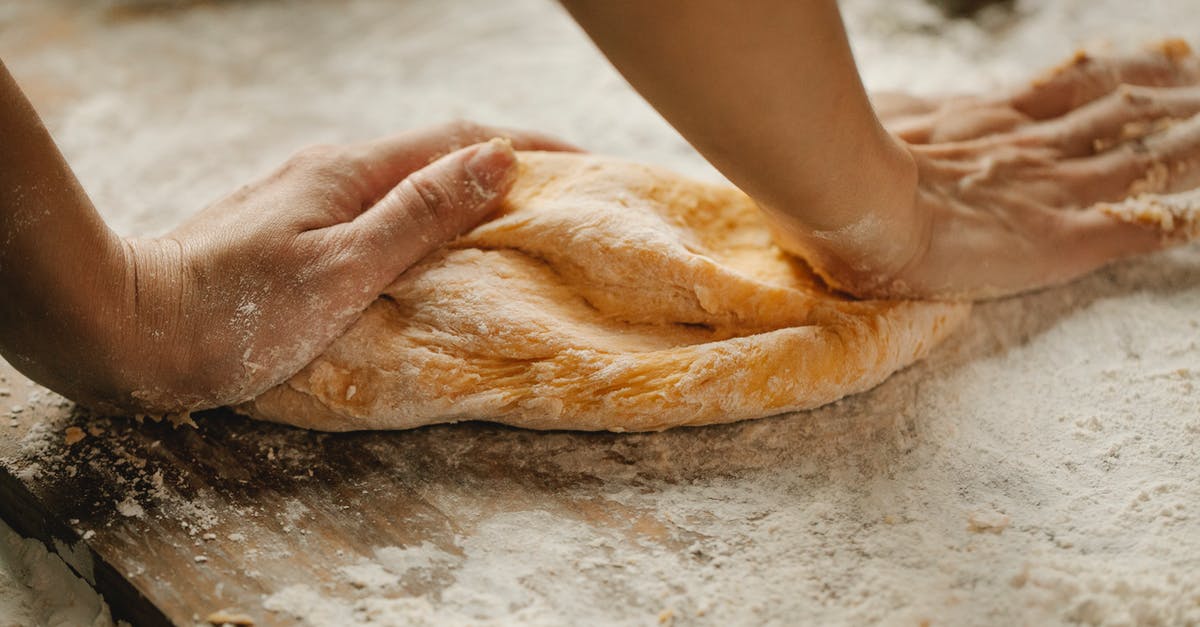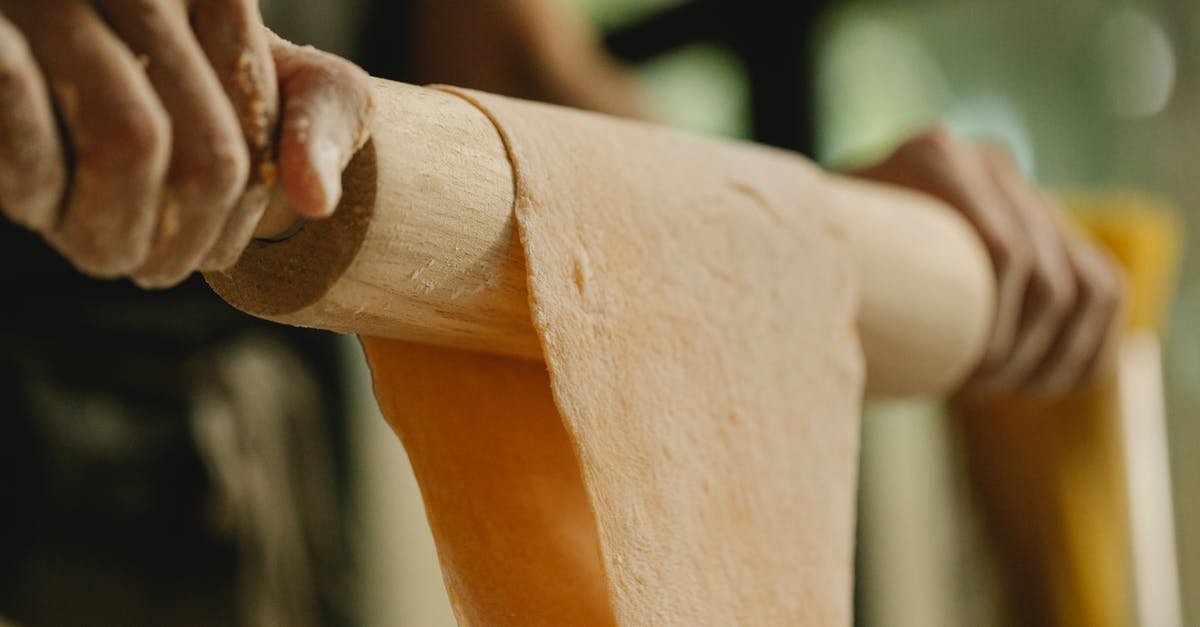How to soft boil eggs with a countertop egg steamer?

Having misplaced the custom measuring cup for an "egg steamer" device, not quite sure how to steam eggs. Desired result:
so that:
The perfect soft-boiled egg should have firm, custard-like whites and a warm, runny yolk
Firstly, I've never poked holes in the egg; seems fine without doing that. I suppose the odd egg cracks, but that's not the end of the world. So this is assuming no holes are being poked.
Is there a formula?
I'm looking for a method to cook up to four eggs at one time: soft-boiled. Not quite sure what temperature the yolk should be, but it's not hard-boiled.
By random experimentation, six minutes with half a cup of water seems to work reasonably for two eggs, resulting in a soft-boiled egg.
I'm reiterating soft-boiled because hard-boiled eggs are just inherently easier.
This is using a generic type "egg cooker", but I can't see that it's any different from steaming in a pot on the stove?
Not using a pressure cooker or anything technologically sophisticated.
Best Answer
I happen to have some experience with steam egg cooker.
For starters: how does an egg cooker work?
The egg cooker doesn't use a timer. Instead, the cooking time is determined by the amount of water you put into it: the more water, the more time it takes to boil off and trigger the overheat alarm. This is why your egg cooker has a water measure cup that has markings for different number of eggs to cook.
Secondly, to soft boil an egg you don't actually control the absolute temperature, but control the temperature gradient: you want the outer layers of the egg to be very hot (rolling boil water or steam) but the inner core of the egg doesn't really have time to heat up, which is why 6min in rolling boil water gives you reliably good results, although you may need to adjust a fraction of a minute depending on the temperature of your fridge. Strong temperature gradient (difference between outer and inner parts of the egg) is what gives you the "water balloon effect" e.g. the yolk is near liquid and white is like a thick and strong membrane.
OK then how do you steam your egg?
For your situation you basically need to reverse engineer your measure cup that comes with the steamer. I propose following procedure:
- Put about 1-2 tbsp of water in your steamer, turn it on, wait till boiling.
- Put egg in, steam for 6-7 mins.
Turn steamer off and check one egg, three things can happen:
a) This egg is under cooked, you can salvage them by cooking them for another minute.
b) This egg is over cooked, then your data is useless, you need to wait for another chance to repeat this experiment and deal with 4 medium done eggs for now.
c) The egg is perfectly cooked.
If you hit case a) or c) you are in luck, wait for the steamer to cool and measure the remaining water. Subtracted from your initial water you get your desired water amount for 4 eggs.
Based on my experience, 1 tbsp and 7 min should yield a close enough result and I'm sure you can get this right within 3 iterations.
How do I know all this?
I once owned a egg steamer (6 eggs) and lost the water measure cup as well. I ended up putting about 2tbsp of water and cook for 7 min. It takes roughly 20sec for water to boil and generate steam and 40s for the surface of the egg to equalize with steam, so the net cooking time is about 6min and result is mostly perfect. At the end there's always some excessive water, but I never bothered to reverse engineer the measure cup and stuck to the 7min rule. In fact, because I never carefully measured water consistently, the net cooking time varied and fluctuates the doneness of the end product. If you control the water and time constantly you will get much more consistent results than I did.
Pictures about "How to soft boil eggs with a countertop egg steamer?"



Quick Answer about "How to soft boil eggs with a countertop egg steamer?"
How long does it take to soft boil an egg in a steamer?
Add 1 inch of water to a large pot. Place steamer insert inside, cover, and bring to a boil over high heat. Add eggs to steamer basket, cover, and continue cooking, 6 minutes for soft-boiled eggs or 12 minutes for hard-boiled. Serve immediately if serving hot.Can you boil eggs in a steamer?
You want to know the best way to make hard boiled eggs? Steam them! That's right, forget about boiling the eggs, just steam them in a steamer basket.How do restaurants make soft-boiled eggs?
You can have hard-steamed eggs and soft-steamed eggs, much like you can have hard-boiled eggs and soft-boiled eggs; however, compared to a boiled egg, the steamed version is more tender, with a creamier yolk, and is easier to peel.Egg-cellent Hard-Boiled Eggs in an Electric Kettle - Easy and Fast! | A La Carte with Alex
More answers regarding how to soft boil eggs with a countertop egg steamer?
Answer 2
Having found the measuring cup, it seems to roughly translate as:
30ml five eggs
35ml four eggs
37.5ml three eggs
40ml two eggs
45ml one egg
for soft boiled eggs.
Curious as to whether that's "standard" for these types of steam cookers, etc. Obviously, there are assumptions built into those measurements...but that seems to be what they provide.
Sources: Stack Exchange - This article follows the attribution requirements of Stack Exchange and is licensed under CC BY-SA 3.0.
Images: ANTONI SHKRABA, Klaus Nielsen, Klaus Nielsen, Klaus Nielsen

